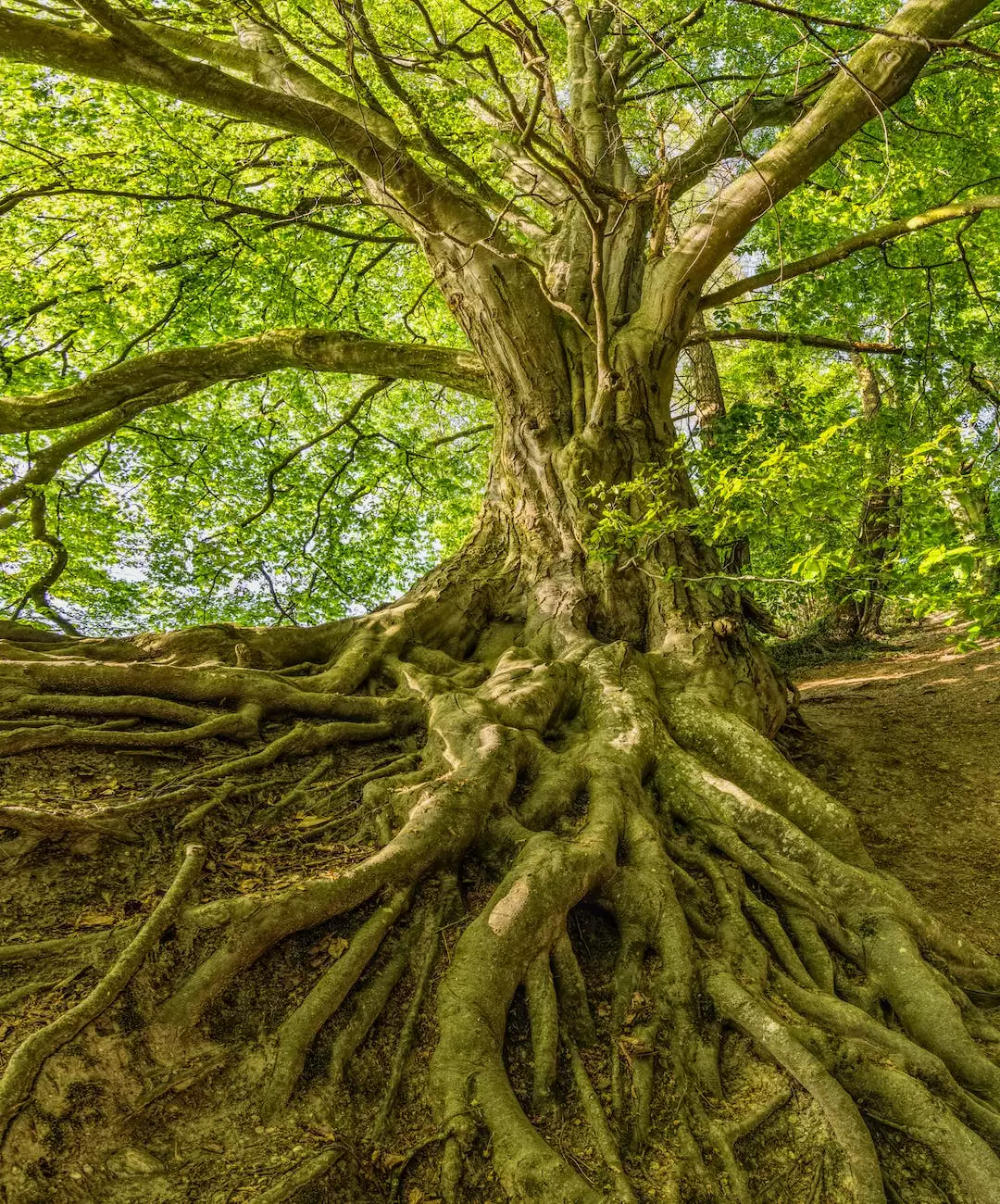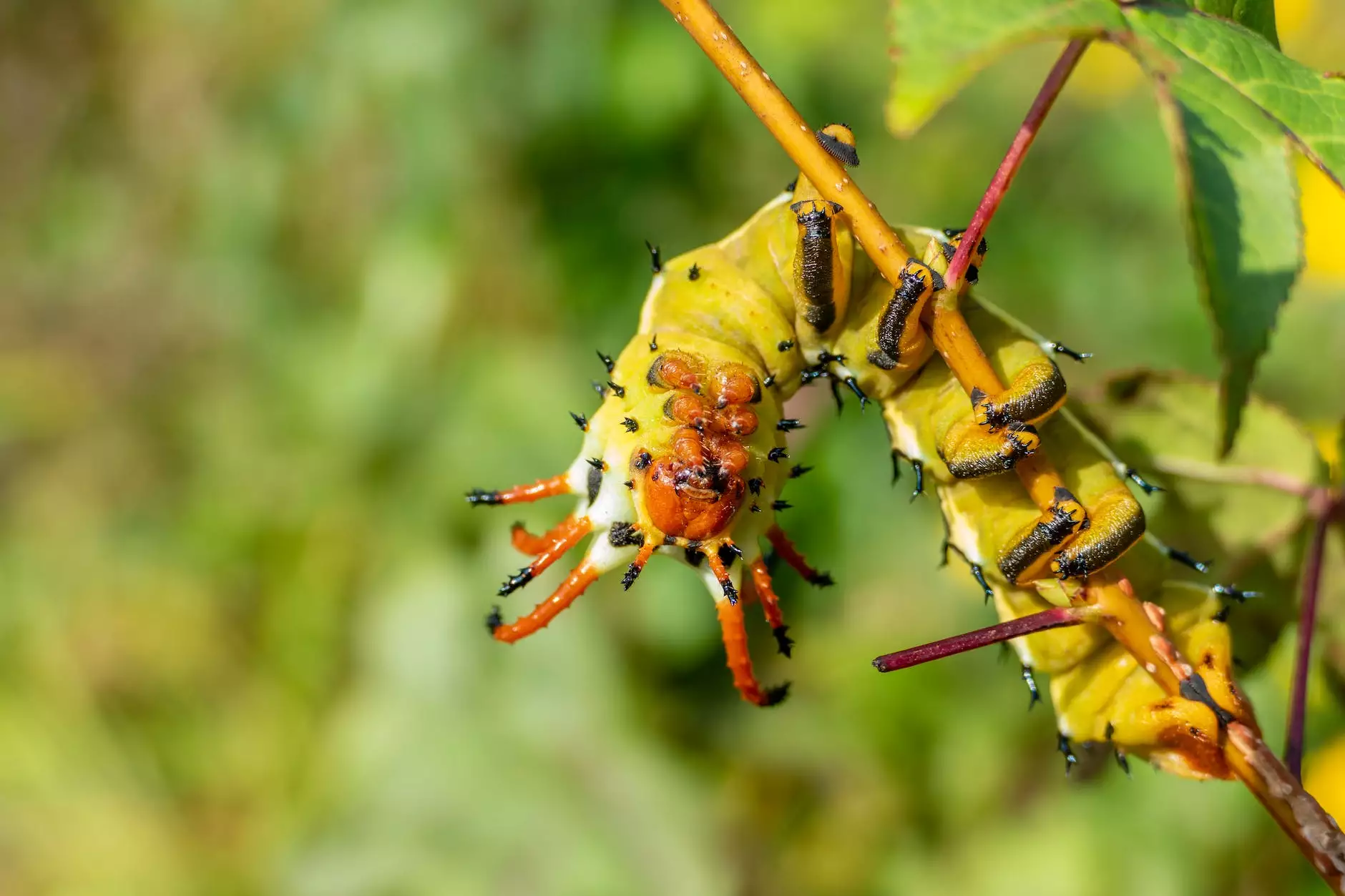Spruce Gall - Kodiak Tree Experts
Eco Living
Spruce Gall: An In-Depth Guide
Welcome to our comprehensive guide on spruce gall, brought to you by Kodiak Tree Experts, your trusted experts in tree care services. In this informative article, we will delve into the world of spruce gall, providing you with valuable insights and knowledge to help you understand, identify, prevent, and treat this common tree condition effectively. Let's explore together!
What is Spruce Gall?
Spruce gall, also known as spruce pinecone gall or spruce cone gall, is a common gall formation that affects various species of spruce trees. Galls are abnormal growths on the trees caused by insects or mites. In the case of spruce gall, the gall formation occurs mainly due to the activity of tiny insects called gall adelgids or gall midges.
Causes and Symptoms
The development of spruce gall is primarily triggered by infestation. The gall adelgids lay eggs on the new growth of spruce trees, causing the tree to respond by forming galls around the eggs. These galls then provide a protective environment for the growing insects.
Visually, spruce gall appears as small, woody, cone-like structures attached to the branches of spruce trees. These galls can vary in size, ranging from a few millimeters to several centimeters. They are usually green in color initially, gradually turning brown or black as they age.
Some of the key symptoms associated with spruce gall include stunted growth, distorted limbs, and discoloration of needles. The infested branches may also exhibit resinous discharge or sap flow. Early detection of these symptoms is crucial for effective management and prevention of further damage.
Prevention and Management
To prevent spruce gall, it is important to maintain overall tree health. Regular pruning and removal of galls in their early stages can help minimize the spread of infestation. Additionally, promoting good air circulation around the trees by proper spacing can prevent the buildup of moisture that favors gall development.
Implementing proper pest control measures and ensuring the use of appropriate insecticides can also aid in preventing gall formation. It is advisable to consult with professional arborists, such as Kodiak Tree Experts, for personalized guidance and expert assistance in dealing with spruce gall and other tree-related concerns.
Treatment Options
If spruce gall is already present on your trees, several treatment options can be considered depending on the severity of the infestation. Pruning and removing heavily infested branches can help prevent the spread of galls. However, it is essential to ensure proper disposal to avoid reinfestation.
In cases of persistent or extensive spruce gall, insecticidal treatments may be necessary. Professional arborists can evaluate the situation, recommend suitable insecticides, and safely apply them to effectively control the gall adelgids.
Conclusion
In conclusion, spruce gall is a common tree condition that can impact the health and aesthetics of spruce trees. Understanding the causes, symptoms, prevention, and treatment options is crucial for effective management. Kodiak Tree Experts, with our expertise in tree care services, can help you navigate through this issue and ensure the well-being of your spruce trees. Don't let spruce gall hinder your tree's vitality - reach out to us today for professional guidance and assistance.




